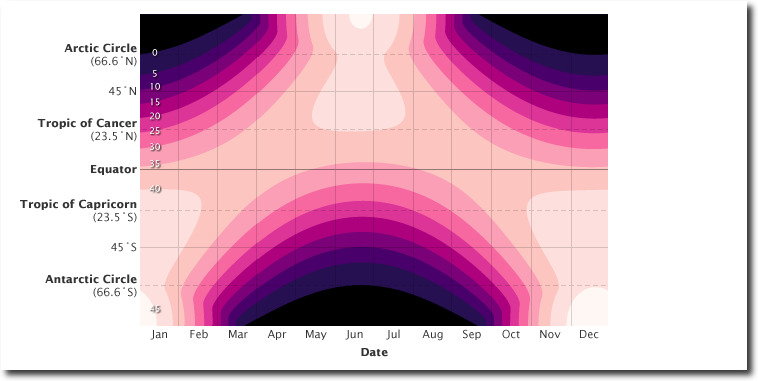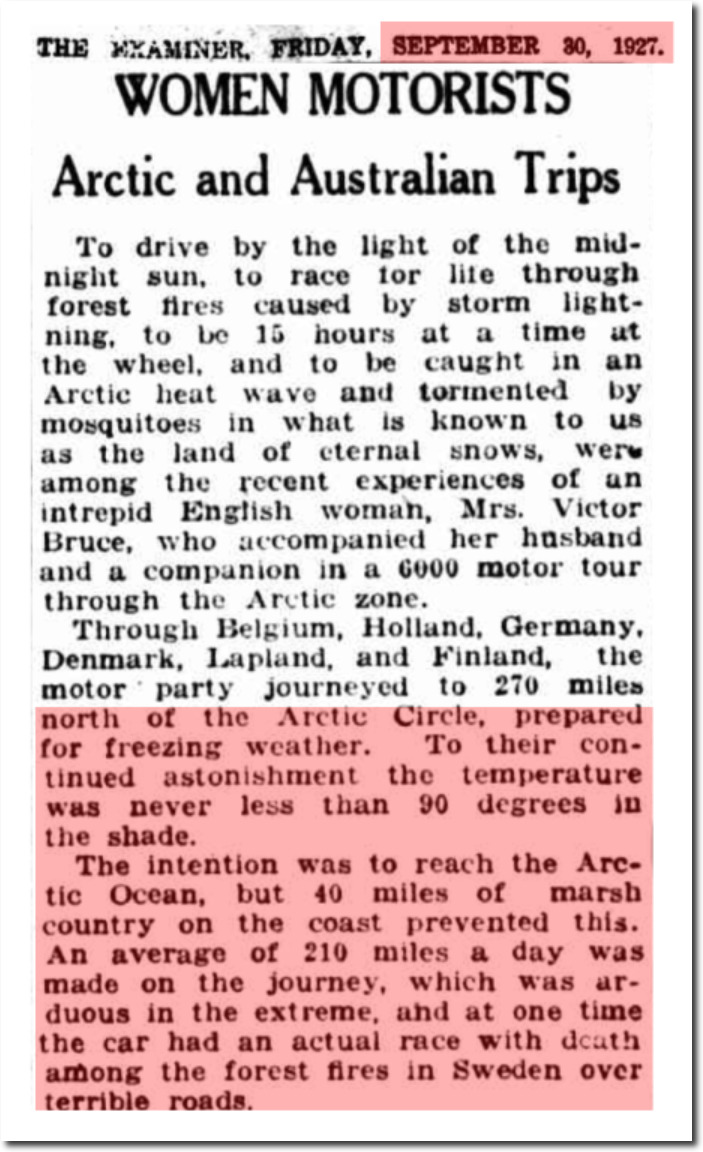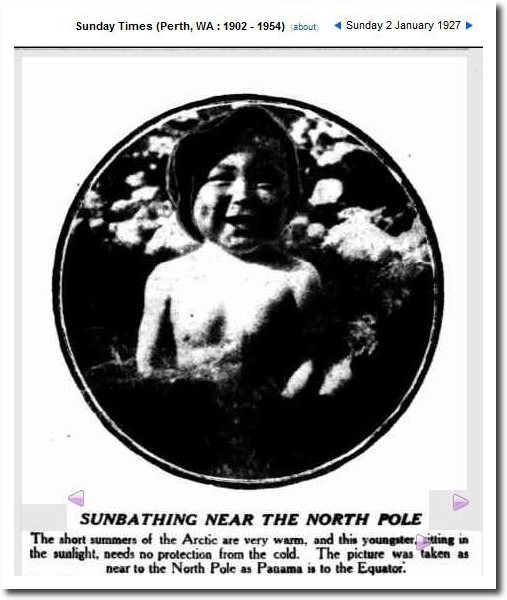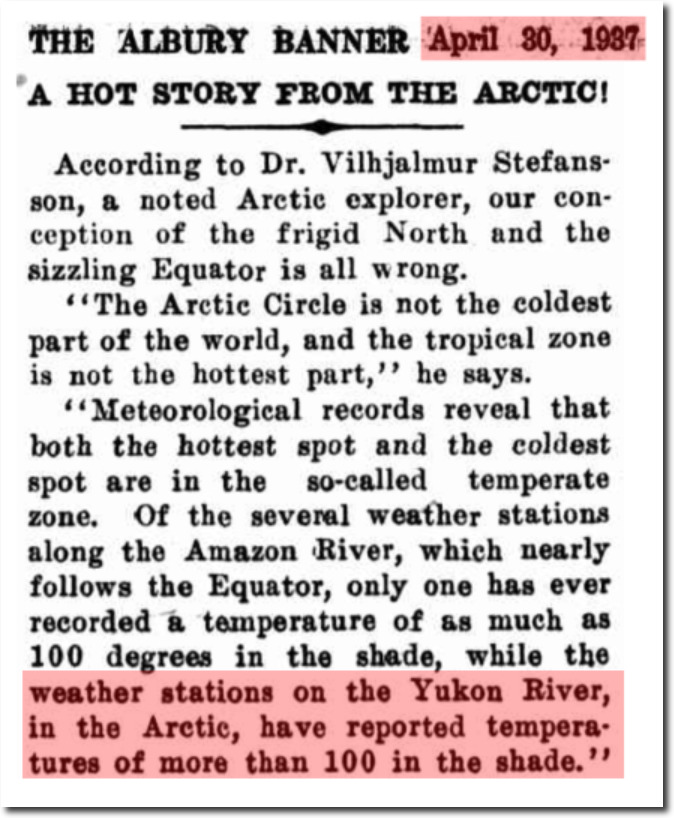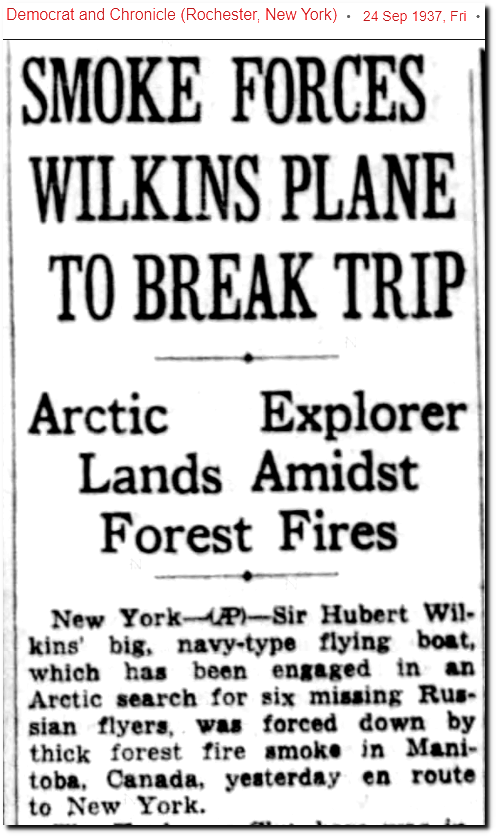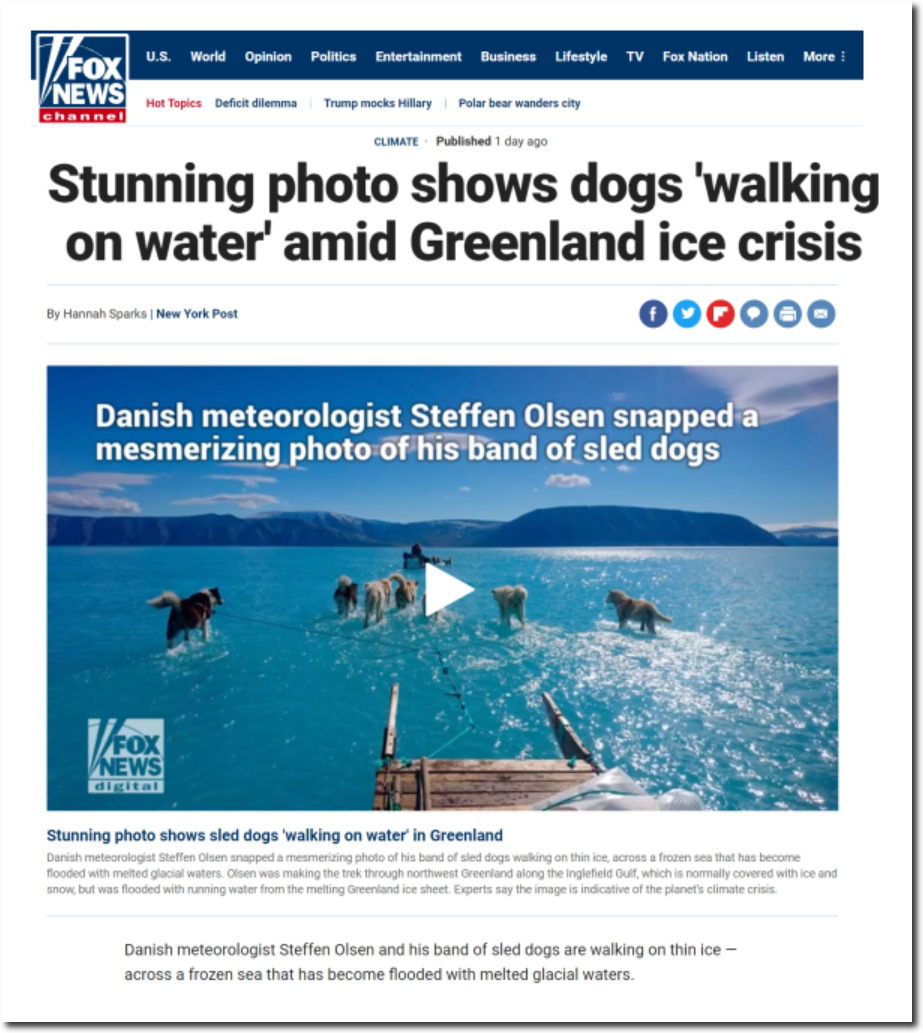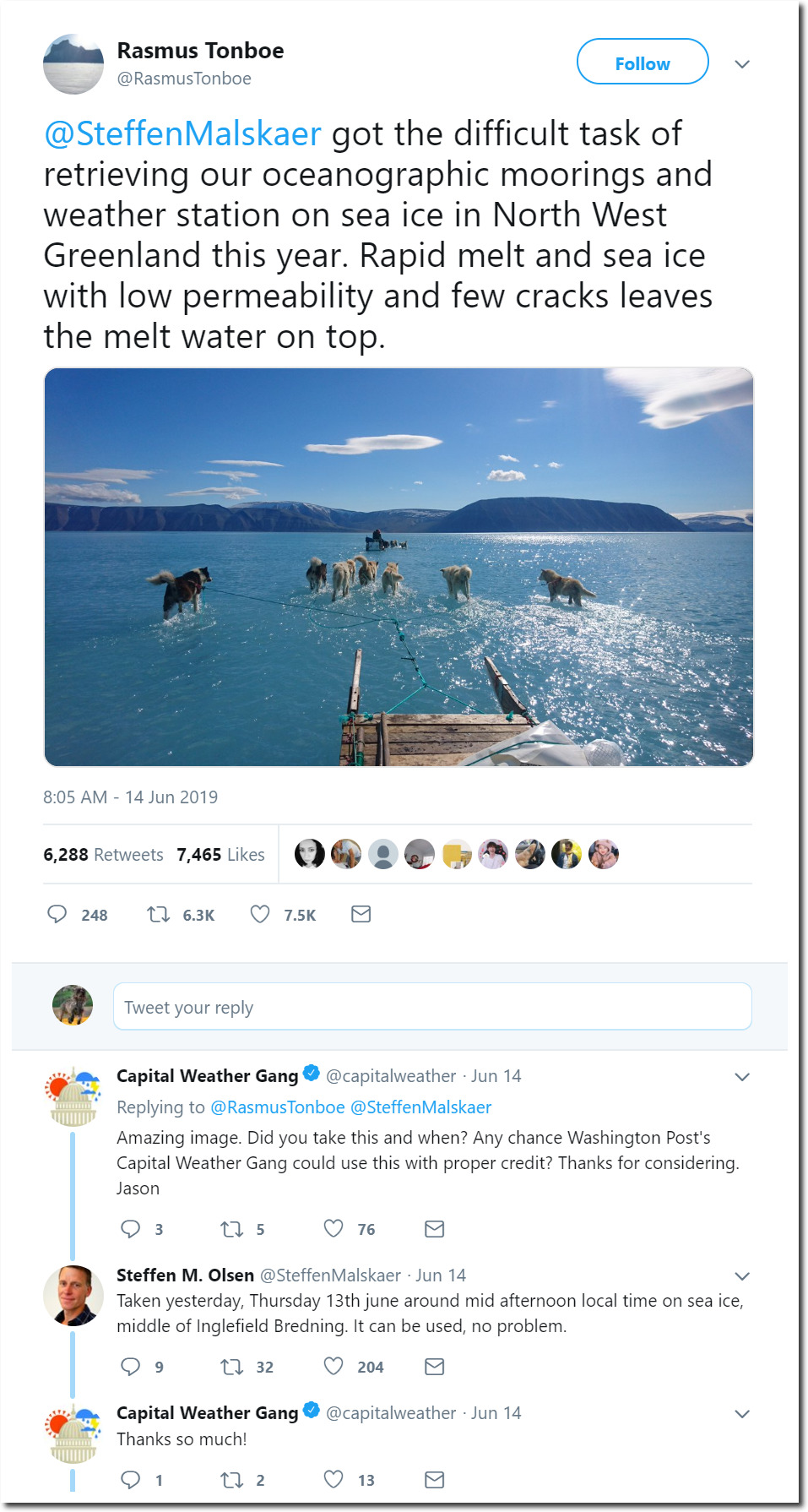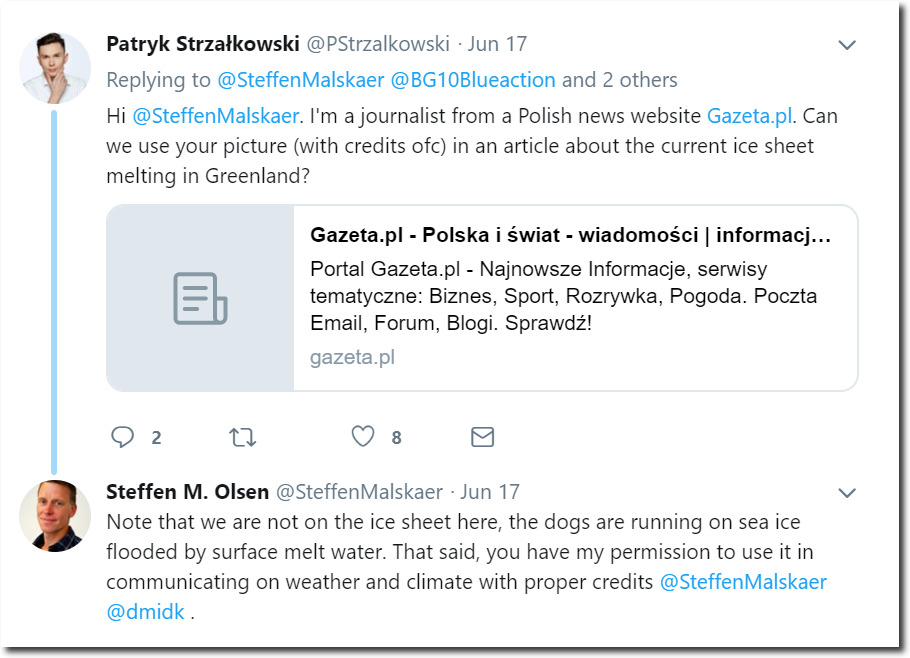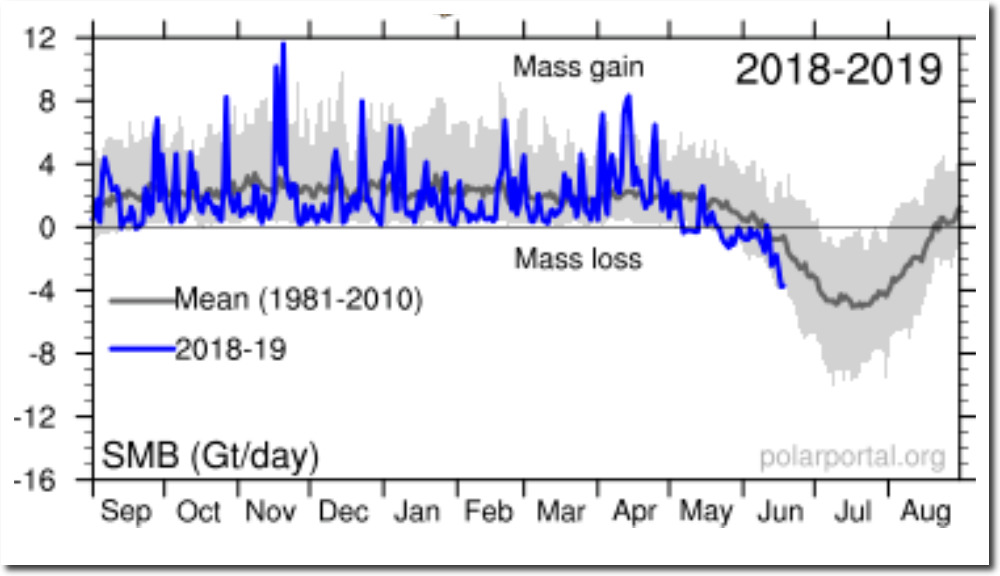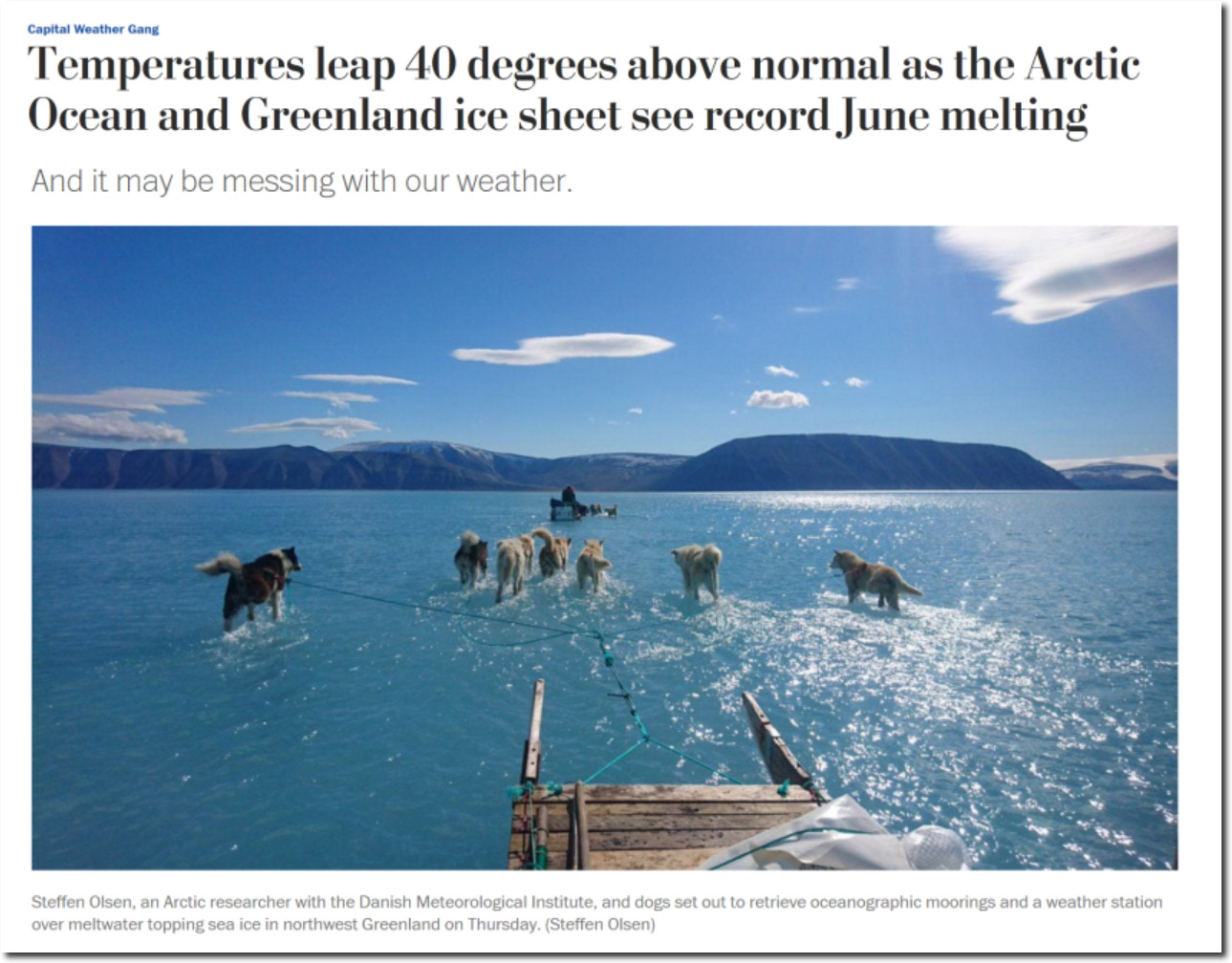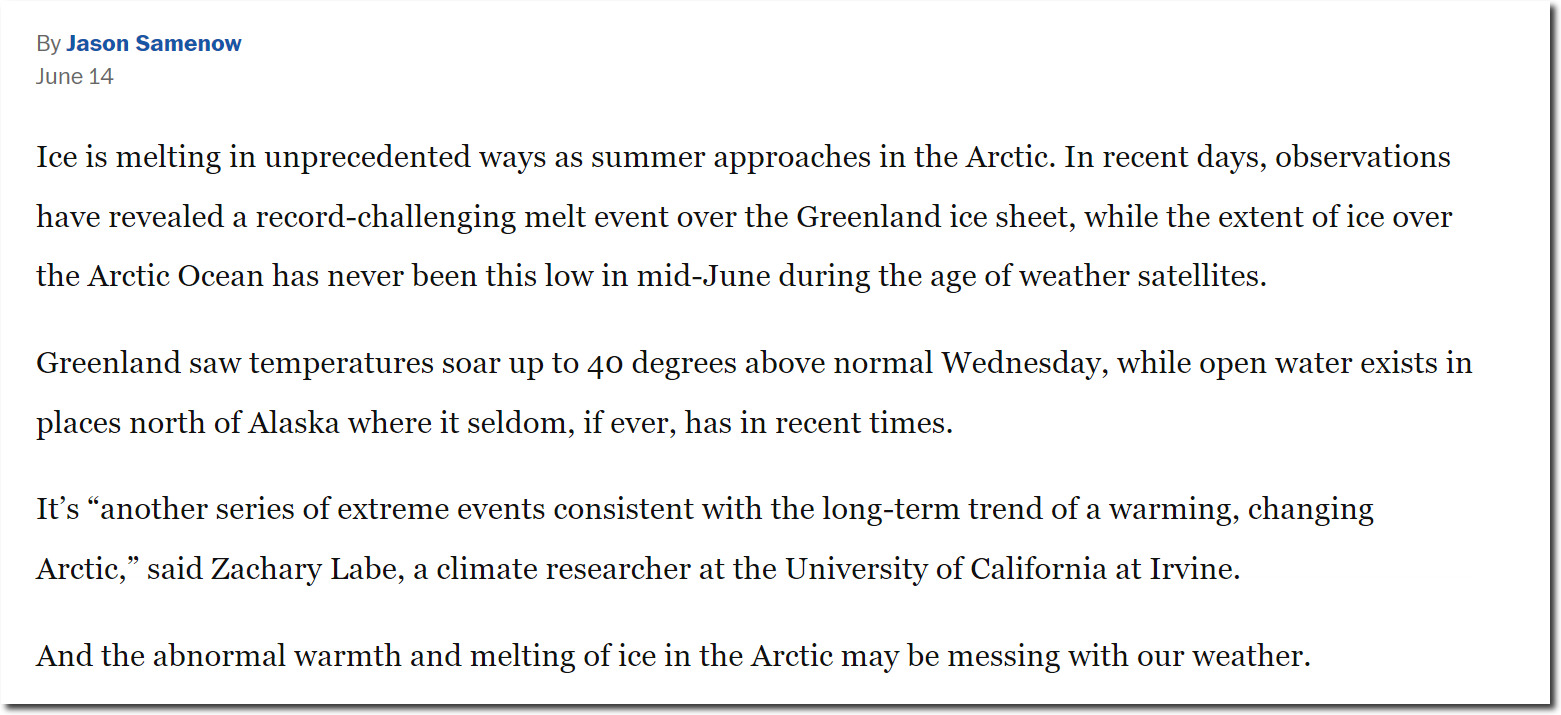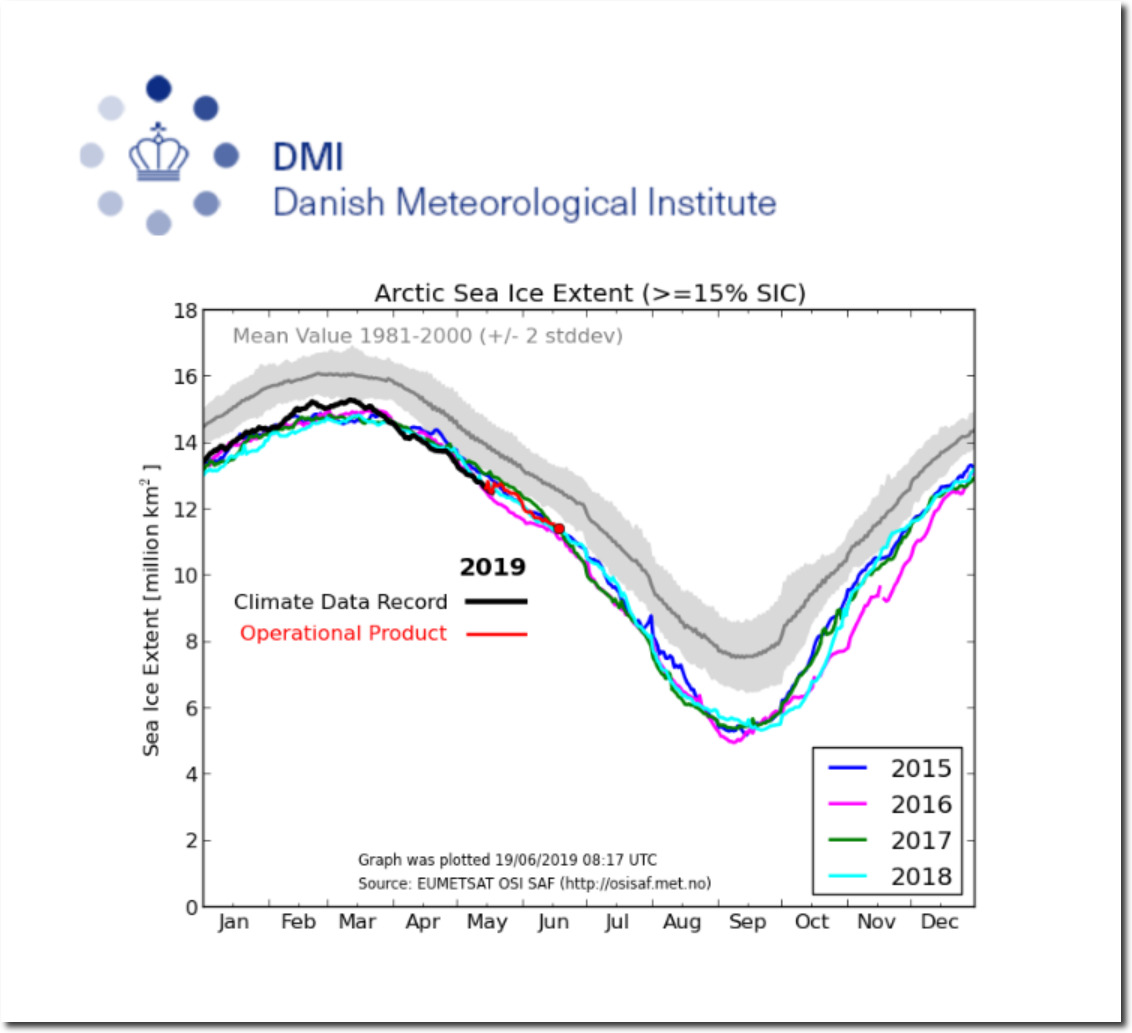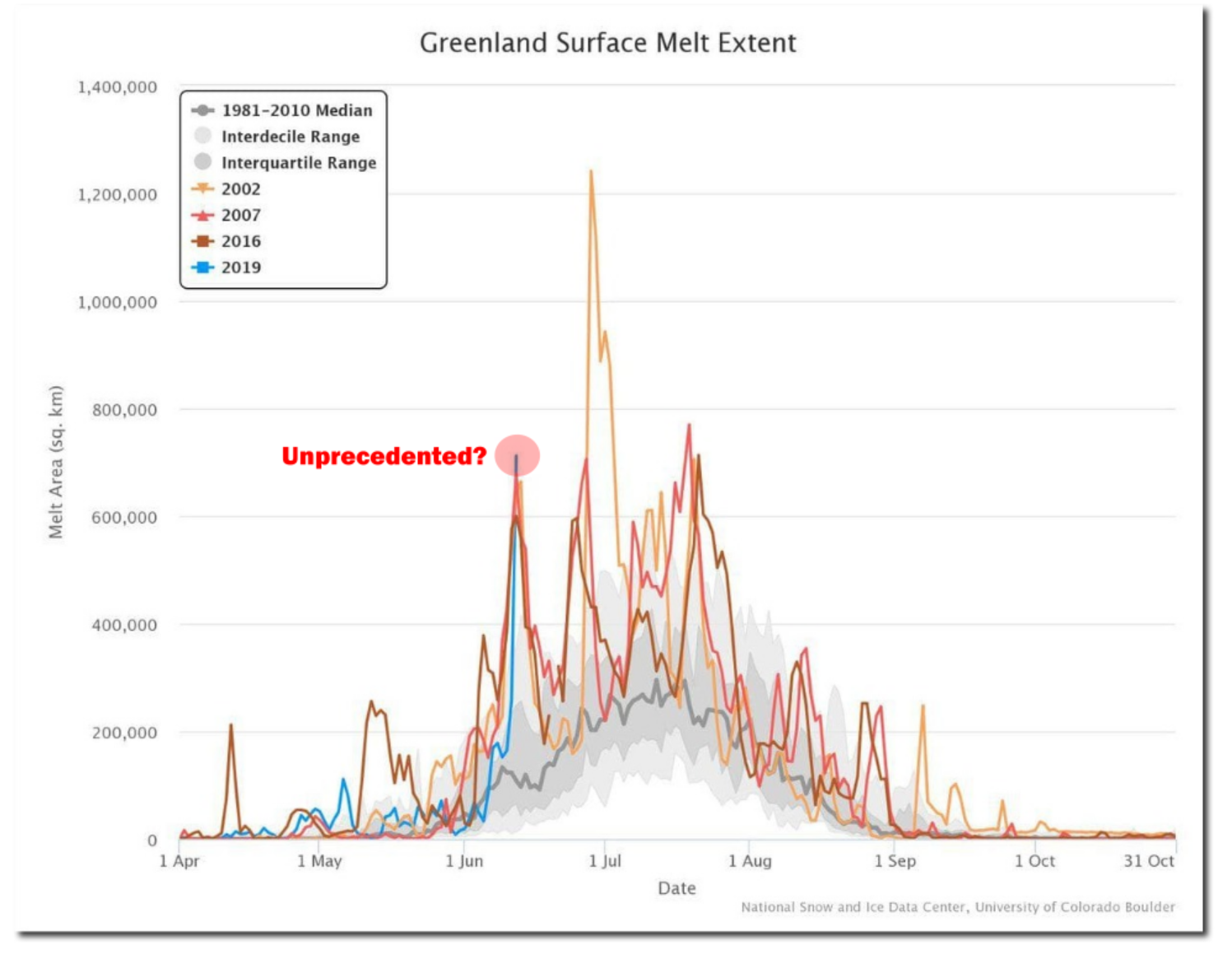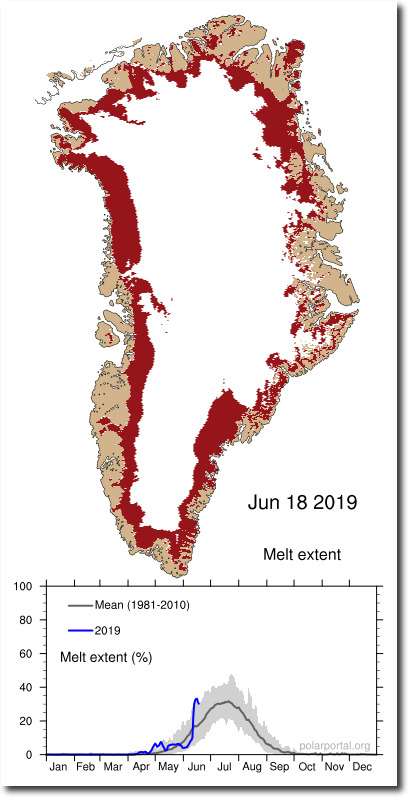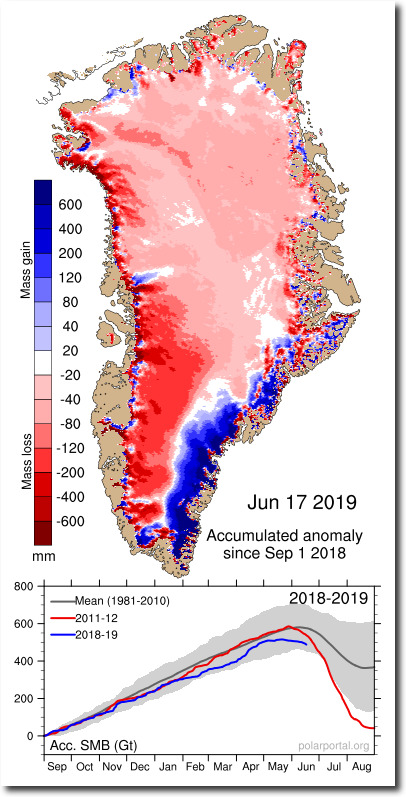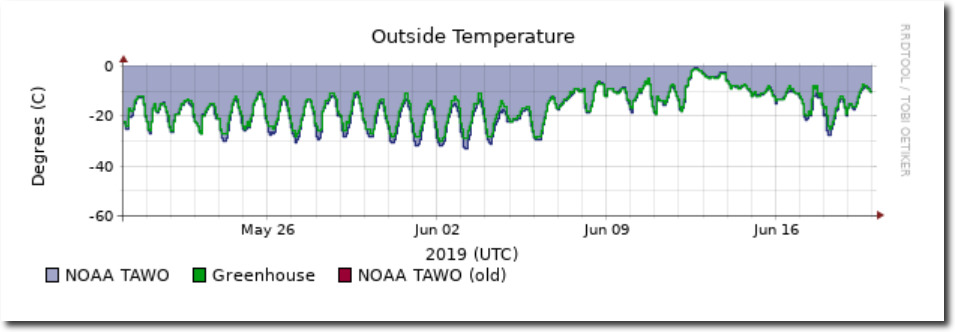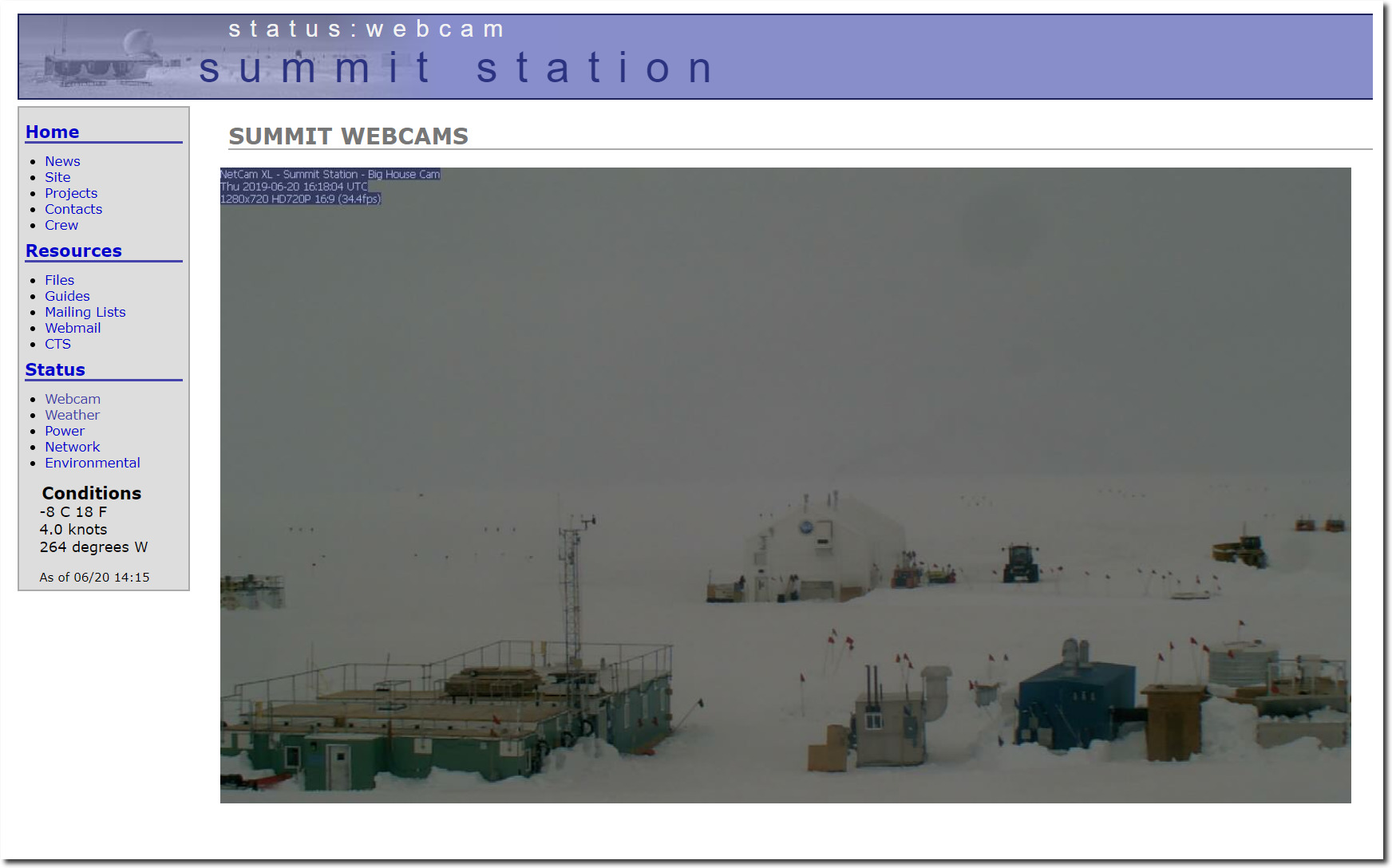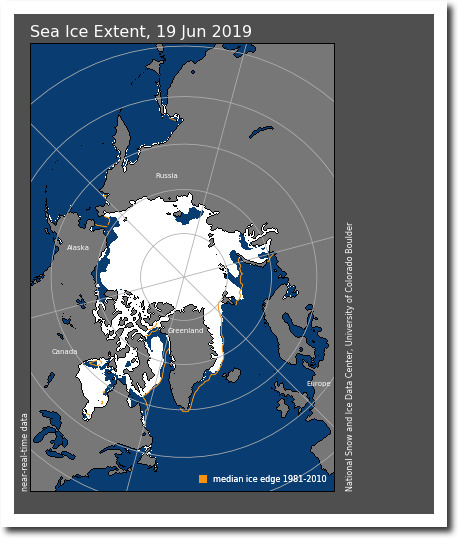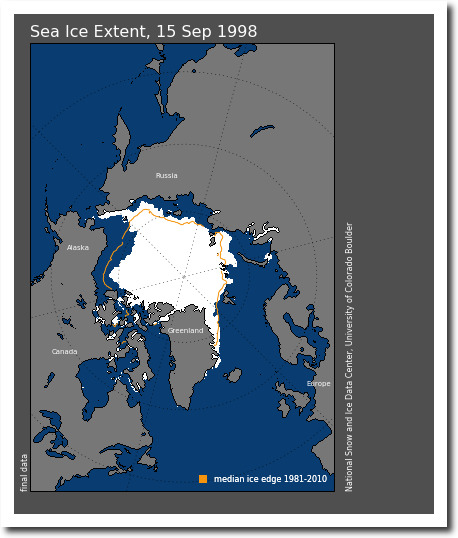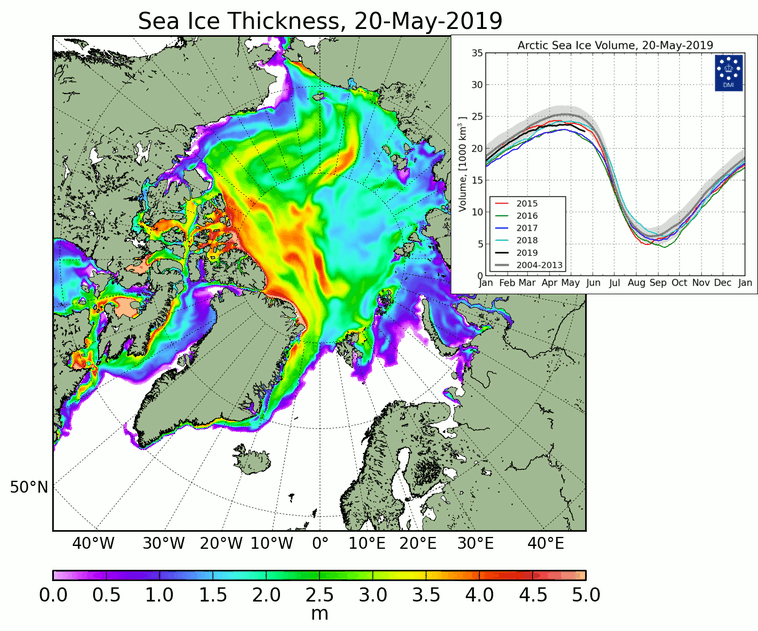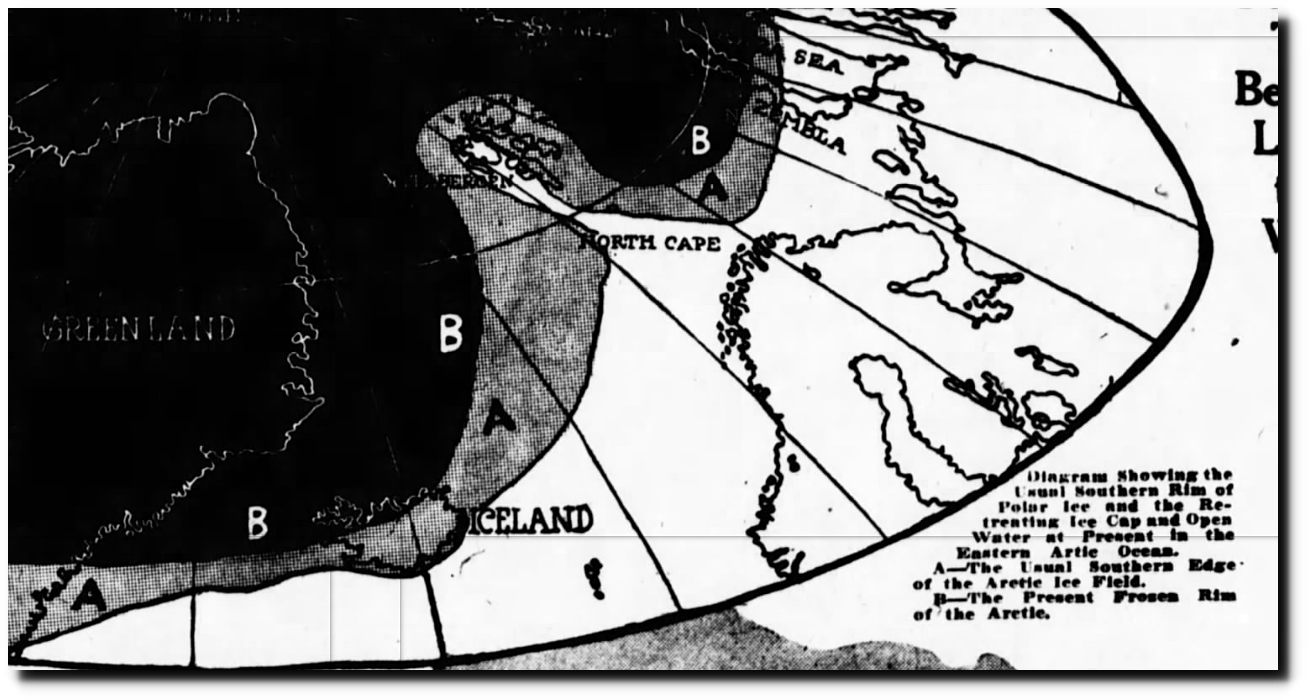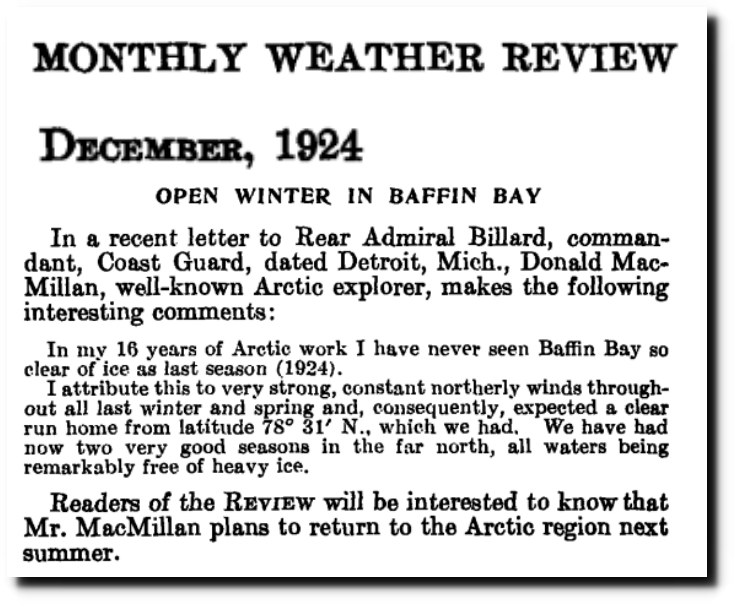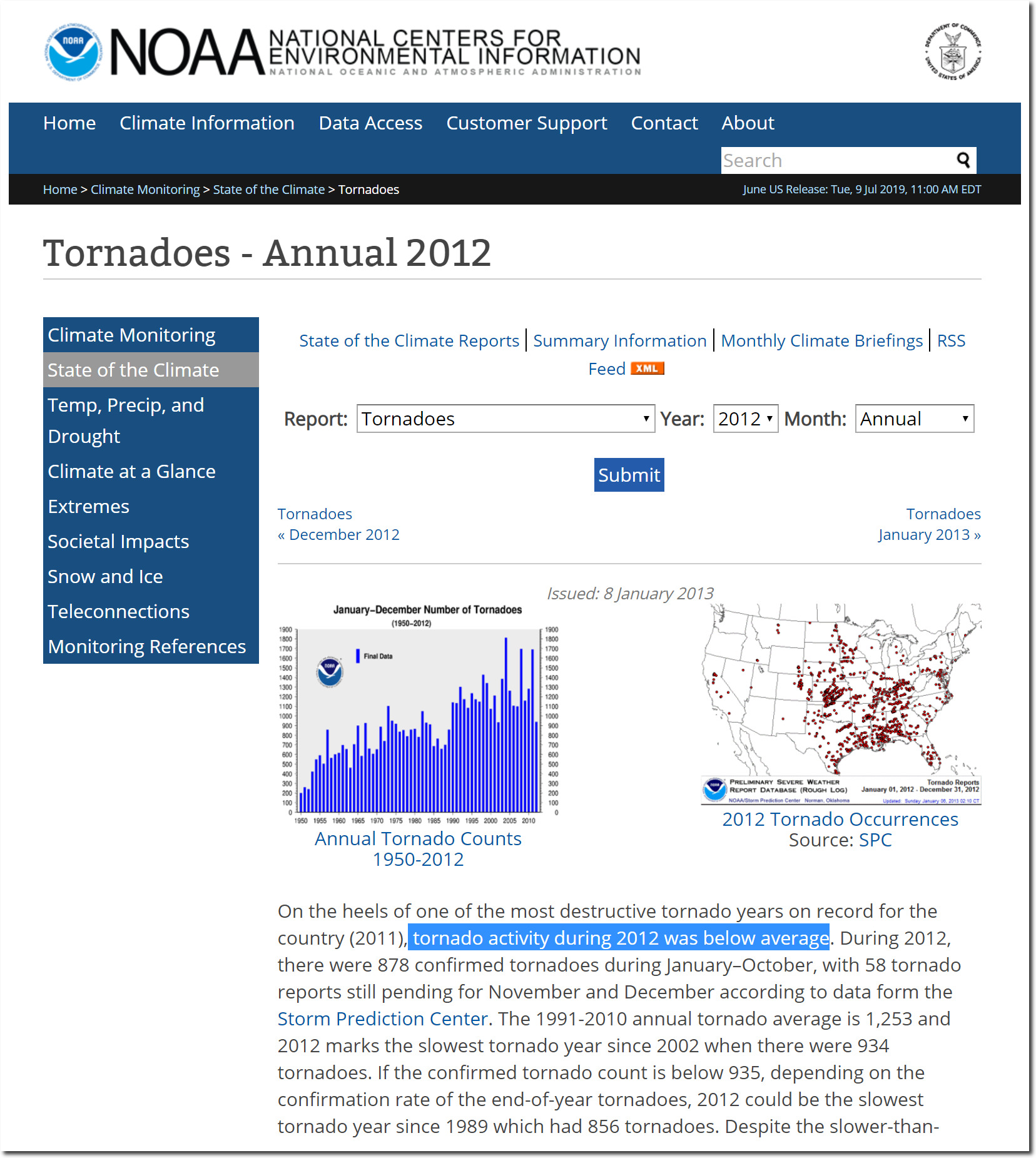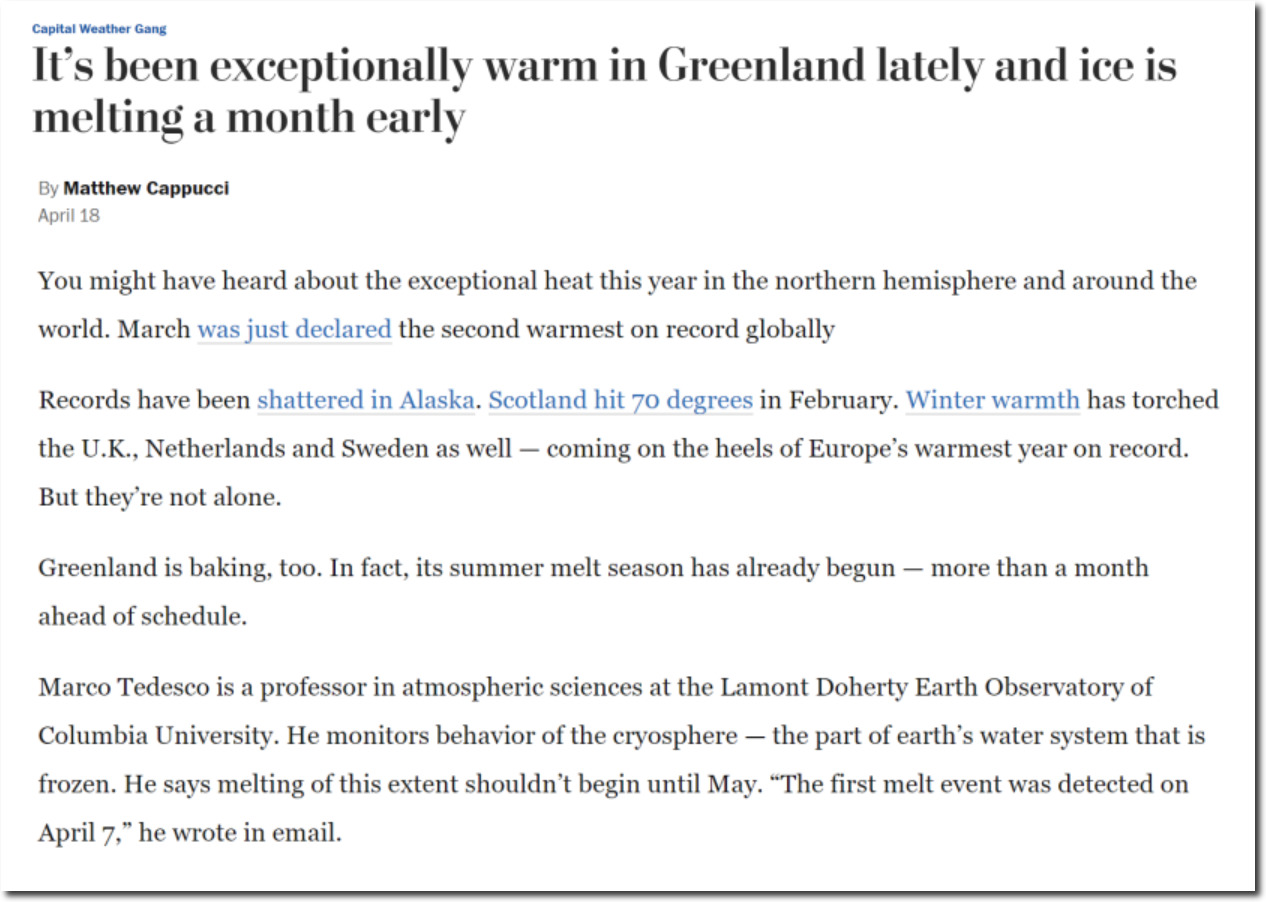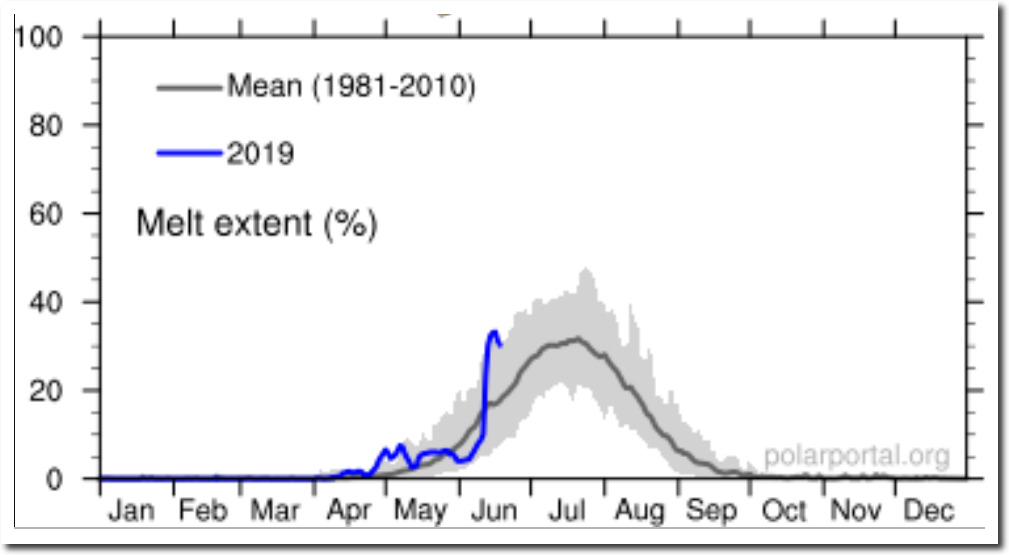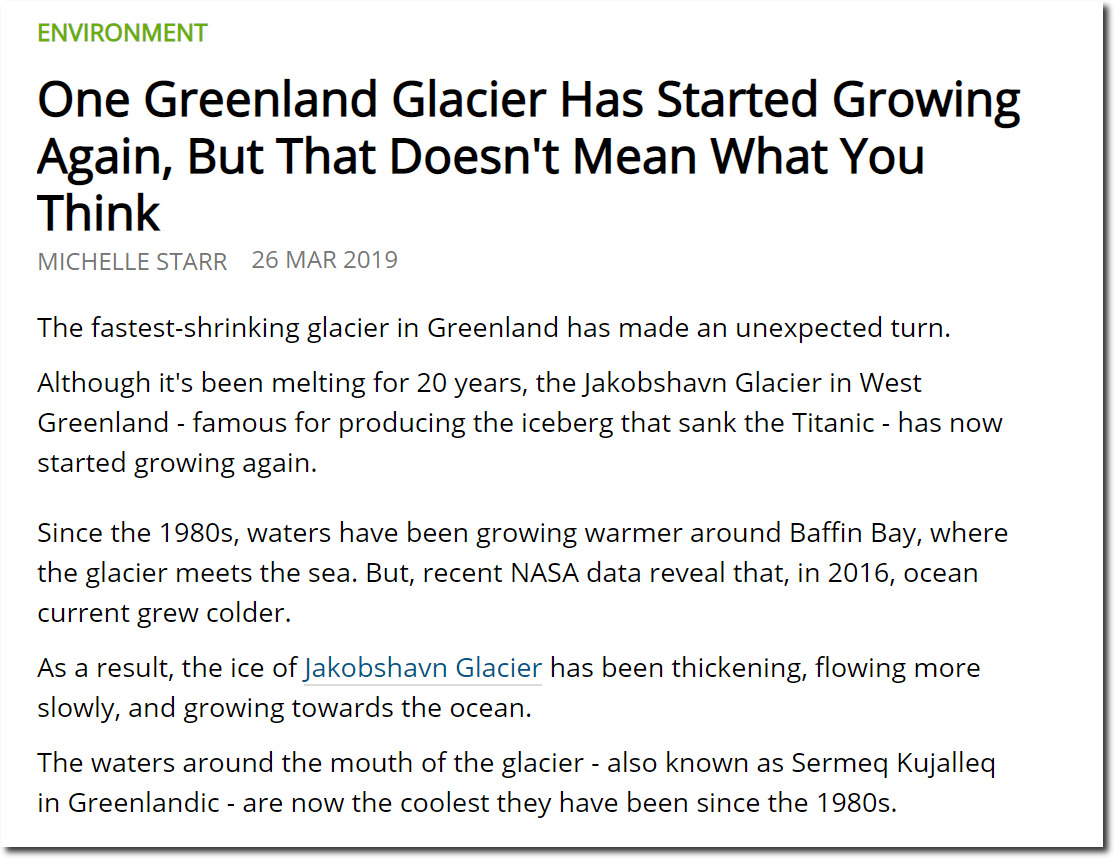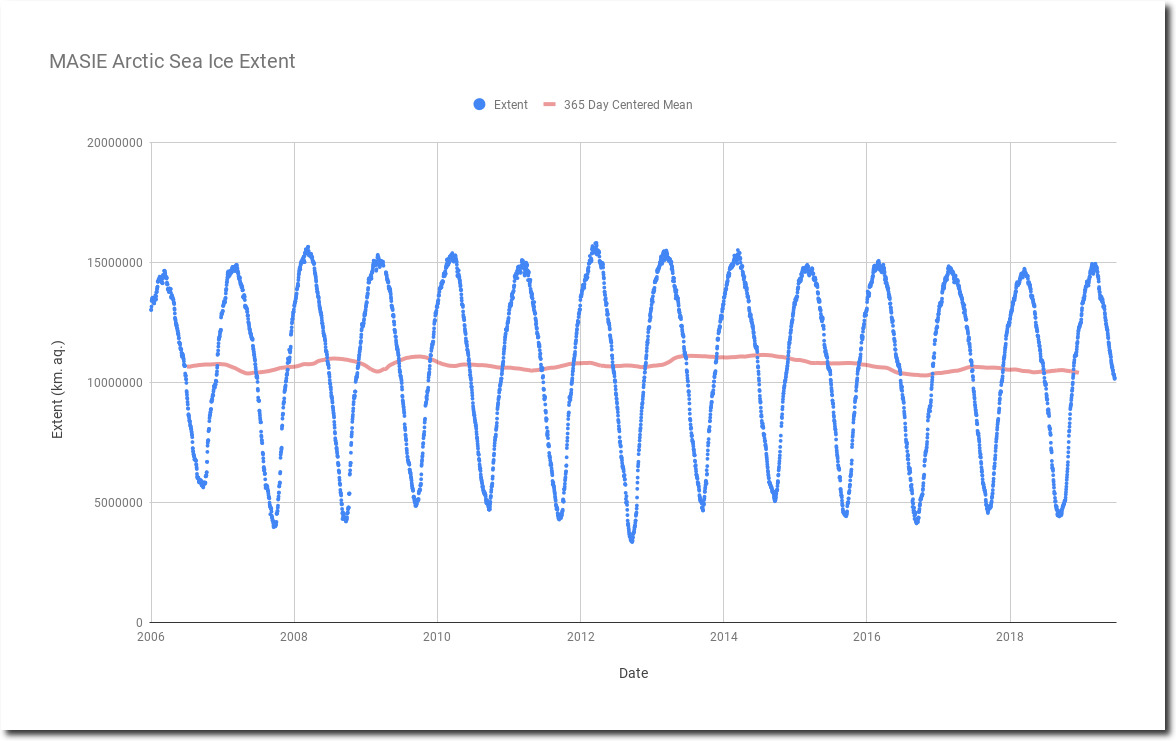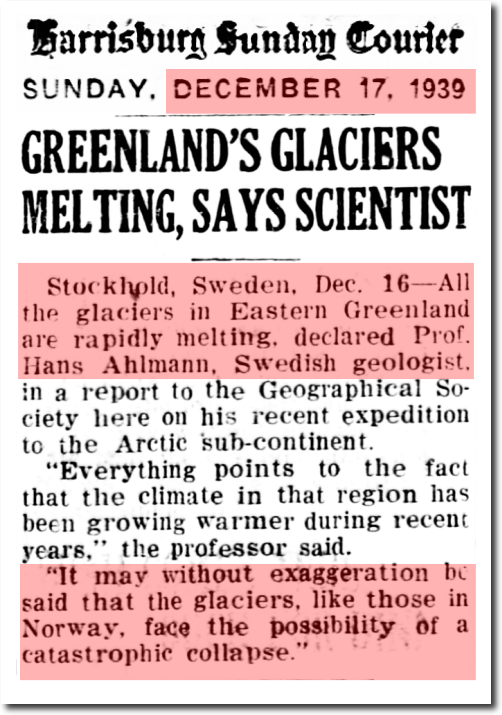The Arctic receives more solar radiation this time of year than any place else on Earth, and temperatures can be very hot north of the Arctic Circle.
The total energy received each day at the top of the atmosphere depends on latitude. The highest daily amounts of incoming energy (pale pink) occur at high latitudes in summer, when days are long, rather than at the equator.
Climate and Earth’s Energy Budget
In 1927, a group of women tried to drive to the Arctic Ocean. Hot weather, melting permafrost and forest fires forced them to abandon their expedition.
the motor party journeyed to 270 miles north of the Arctic Circle, prepared for freezing weather. To their continued astonishment the temperature was never’ less than 90 degrees in the shade
The intention was to reach the Arctic Ocean, but 40 miles of marsh country on the coast prevented this. An average of 210 miles a day was made on the journey, which was arduous in the extreme, ahd at one time the car had an actual race with death among the forest fires in Sweden over terrible roads
30 Sep 1927 – WOMEN MOTORISTS – Trove
Children were sunbathing near the North Pole.
02 Jan 1927 – SUNBATHING NEAR THE NORTH POLE – Trove
One hundred degree temperatures have been reported in the Arctic.
weather stations on the Yukon River, in the Arctic, have reported temperatures of more than 100 in the shade
30 Apr 1937 – A HOT STORY FROM THE ARCTIC! – Trove
24 Sep 1937, Page 11 – Democrat and Chronicle at Newspapers.com
Every time there is a warm day in the Arctic now, ambulance chasing journalists announce the apocalypse. Fox News says Greenland is having an ice crisis, and is being flooded by “melting glacial waters.”
The mesmerizing photo Olsen snapped on June 13 as they waded over the splashy ice sheet gives the illusion that his dogs are walking on water — but it’s anything but a trick. Experts say this image is indicative of the planet’s climate crisis.
Stunning photo shows dogs ‘walking on water’ amid Greenland ice crisis | Fox News
The current round of climate nonsense started with this tweet, which journalists immediately picked up and misinterpreted.
The guy who took the picture made it very clear that it had nothing to do with glacial ice, it was sea ice melting on its surface.
Then Fox News followed up with this gross distortion.
Olsen himself is calling for immediate action:
He didn’t say anything like that. He called for increased predictive capabilities, which is pretty dubious because I saw the warm weather forecast on Ventusky several days ahead of time.
Then Fox News piled on their climate lies, claiming that Greenland has seen record breaking melt, and that 40% of Greenland’s ice has melted this year.
At the same time Olsen took this photo, news broke that Greenland has suffered a loss of two billion tons of ice already this season — about 40 percent of their nation’s icy expanse. While the country experiences annual melting from June through August, the rate so far this year has been record-breaking.
The total volume of Greenland’s ice sheet is about 2,900,000 km³, which is a little less than 2,900,000 billion tons of ice. Rather than 40% of the ice sheet melting, the correct number is 0.000007% of the ice sheet. Fox News missed by seven orders of magnitude.
Two billion tons of ice sounds like a lot, until you consider that Greenland can gain six times that much in a single day, like happened last November.
Surface Conditions: Polar Portal
But to be fair, it was Jason Samenow at the Washington Post Capital Weather Gang which started the disinformation campaign.
Let’s look individually at the claims being made.
Ice is melting in unprecedented ways as summer approaches in the Arctic. In recent days, observations have revealed a record-challenging melt event over the Greenland ice sheet, while the extent of ice over the Arctic Ocean has never been this low in mid-June during the age of weather satellites.
The dogsled photo which started this propaganda tsunami was taken by the Danish Meteorological Institute, who have been monitoring sea ice longer than anyone else. They show sea ice extent the highest in several years, declining slowly, and close to what it has been in all recent years.
Ocean and Ice Services | Danmarks Meteorologiske Institut
Their claim of unprecedented Greenland melt is within measurement error of other mid-June events, and much lower than many events which occur later in the summer.
The Danish Meteorological Institute shows that Greenland melt extent has been below normal most of the time since mid-May, with a spike over the past few days. The spike is just above the average melt extent in July. Nothing unprecedented about it.
MELTA_combine_SM_EN_20190618.png (370×759)
Snowfall was a little below average this year, but there has been little melt so far this season. Much less than had occurred by this date in 2012. Claims of record melt are wildly incorrect. The amount of melt in Greenland this year has been just about average.
SMB_combine_SM_acc_EN_20190617.png (368×759)
There were a couple of relatively warm days in Greenland last week, but temperatures in the center of the ice sheet have been generally cold.
Over the past two years, Greenland’s surface gained near record amounts of ice. The Washington Post failed to mention this.
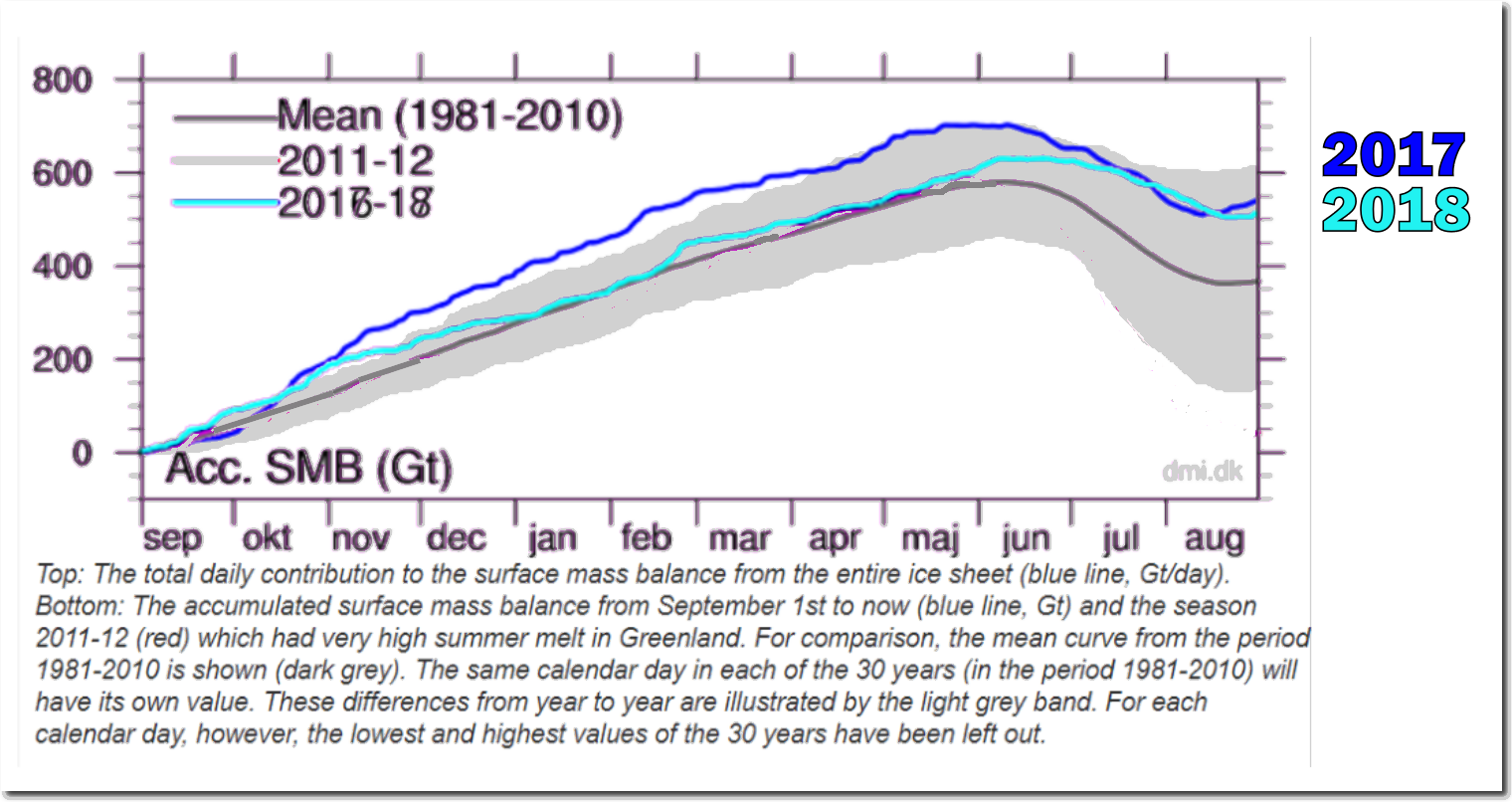
Samenow then made this stunning claim.
Greenland saw temperatures soar up to 40 degrees above normal Wednesday, while open water exists in places north of Alaska where it seldom, if ever, has in recent times.
This is complete nonsense. The ice recedes much further from Alaska’s coast every year.
Compare vs. 20 years ago.
Temperatures have been cold north of Alaska, and there has been little melt. What actually happened was that winds pushed the ice away from Alaska and towards Svalbard, where they have the most ice in years.
There is more ice around Svalbard than there was in 1922.
Strange Things Happening In The Frozen Arctic
Is the North Pole going to melt?
Reports from fishermen, seal hunters and explorers who sail the seas about Spitzbergen and the eastern Arctic all point to a radical change in climatic conditions, with hitherto unheard-of high temperatures on that part of the earth’s surface.
Formerly the waters about Spitzbergen have held an even Summer temperature in the neighborhood of 5 degrees shove freezing. This year it rose as high as 28 degrees. Last Winter the ocean did not freeze over even on the north coast of Spitzbergen. This is on the authority of Dr. Noel.
03 Dec 1922, Page 63 – The Washington Times at Newspapers.com
Same story in Baffin Bay. There is more ice now than there was in 1923.
Then Samenow tries to blame tornadoes and flooding on melting ice.
Francis had earlier suggested that conditions in the Arctic may have played a role in the extreme jet stream pattern that spurred the tornado swarm and record flooding in the central U.S. during the last two weeks of May.
“We can’t say that the rapid Arctic warming is causing this particularly pattern, but it certainly is consistent with that,” Francis, senior scientist at Woods Hole Research Center, said.
Besides the fact that his claims of unusual Arctic conditions are baseless, these claims are the exact opposite of what happened in 2o12, when there was record ice loss and the US experienced heat, drought and near record low number of tornadoes.
2012 could be the slowest tornado year since 1989
The ambulance chasers at the Washington Post pull the same nonsense all the time, cherry picking a few days which suit their agenda, and ignoring entire years which don’t suit their agenda. Here is a similar article from April.
There was nothing particularly unusual going on in April.
MELTA_combine_SM_EN_20190618.png (370×759)
And why did Samenow fail to mention the large accumulation of ice over the past two years?

There is no indication of an ice crisis in the Arctic. Greenland’s largest glaciers are growing. The Petermann Glacier is growing.
The Jakobshavn glacier is growing.
One Greenland Glacier Has Started Growing Again, But That Doesn’t Mean What You Think
The claims of an Arctic meltdown are baseless. There has been no trend Arctic sea ice since the start of MASIE records thirteen years ago.
Greenland glaciers are growing. The last two years had near record surface mass gain. The current journalistic standard of cherry picking a day here and there, and then misrepresenting the meaning of it, is journalism at its worst. Greenland is not melting down, but 80 years ago it was.
17 Dec 1939, Page 15 – Harrisburg Sunday Courier at Newspapers.com

